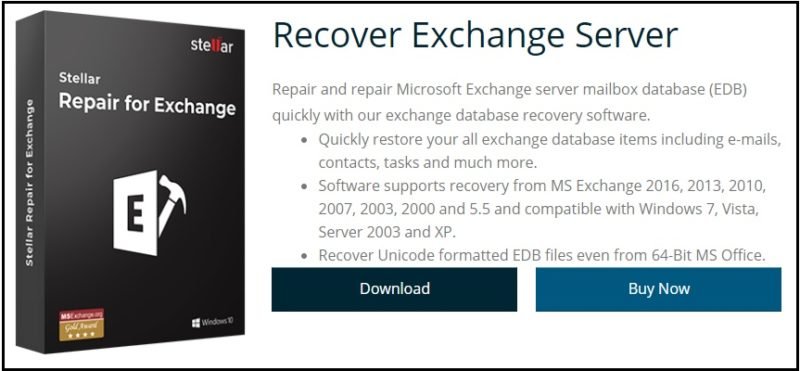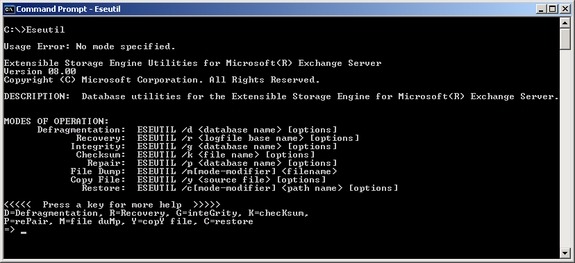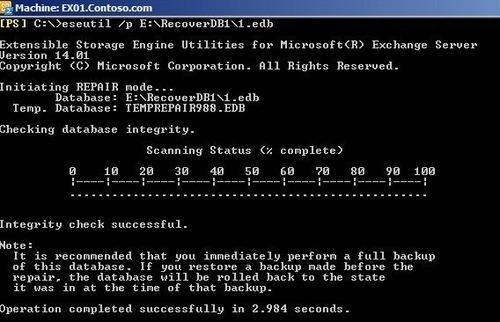The Recovery of a Data in Outlook could be considered as layer to layer. If OST files gets corrupt, then it can be recovered by synchronizing the mail, PST files can be recovered from OST, EDB files can be recovered from Exchange server and recovery of Exchange database can be done from log files. But what happens when the Exchange Database log files are missing? Here we will check out the methods how to recover Exchange Database when log files are unavailable or missing.
Recovery of Exchange Database is required to be done as soon as possible as it stores all the information. For an organization the user mailboxes are stored in Exchange Database and corrupt database affects the productivity and workflow of the organization. Thus the only way to recover Exchange database is by log file or recent backup. First it is important to know what log files are.
What are Log Files and How data can be recovered
Understand, Exchange server as a transaction based system. A transaction holds the record of operation performed by an ID. The ID can be used to get the details and activities performed. In this way each operation performed in database like inserting/ updating/ deletion is recorded by log files. Log files track every change made that affects the database and if it is the last action that corrupt the database, then this action could be rolled back and bring database to normal state.
Log files plays an important role in recovery and data backup. When any change or operation is performed it gets stored in two log files. One log file is stored on the hard-disk and the other is stored on server, so in event of crisis these log files can bring back the data.
Log Files Defined the Consistent and Inconsistent Database
A database which is consistent is considered as healthy database. If all the transaction kept in log files gets completed before the database is shutdown then it will remain in consistent state. In such case the log files get detached from database defining the clean shutdown.
Dirty shutdown is caused by Inconsistent database. If the transaction in log files does not get completed and the database gets shutdown the log files get attached with database defining the state as dirty shutdown. Sudden power loss/ abrupt internet connectivity causes dirty shutdown.
To check the state of database ESEUTIL tool can be used. Launch the eseutil.exe and check database state via eseutil/mh command.
Recover Database Without Log Files
Understanding all the terms and process used in Exchange database recovery it can be understood that it is a complex process. To recover the Exchange Database manually ESEUTIL tool can be used
- Soft Recovery: if the database has encountered minor errors then the files can be recovered easily by eseutil/r command
- Hard Recovery: Dirty Shutdown could be considered as factor that create huge loss and required hard recovery. Run the eseutil/p command to perform hard recovery. It bring the inconsistent database to consistent state and thus makes the database recovery easier.
However, the manual method is complex and includes risk of permanent data loss. So, the best method is to use Exchange Server Database Recovery tool. The software is designed to repair EDB files and recover database from inconsistent state. Using the tool is very easy. Users just need to enter the location of database and the tool scans complete files. It preview the files and recover database files in original state. Exchange Server Database Recovery tool supports all versions of Outlook and can be installed on Windows 10/ 8/ 7 and previous versions. Download Exchange Server Database Recovery tool from here


